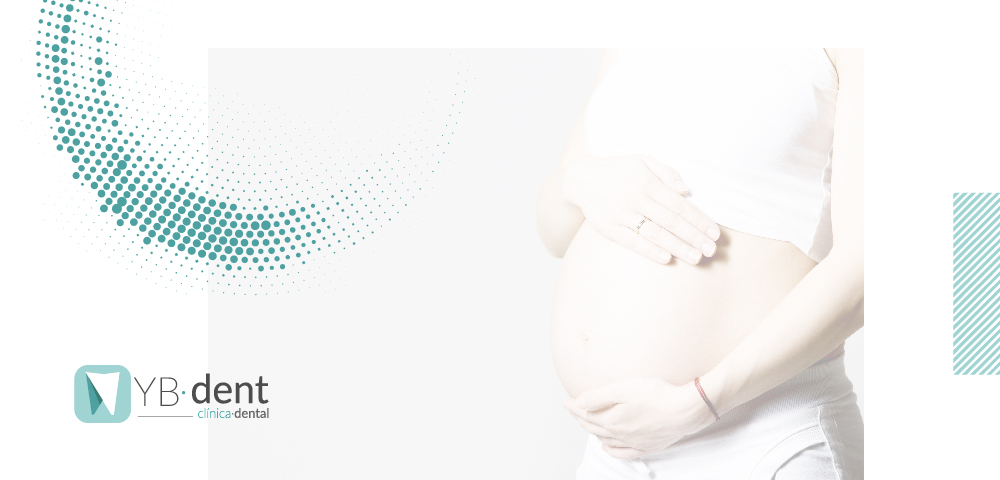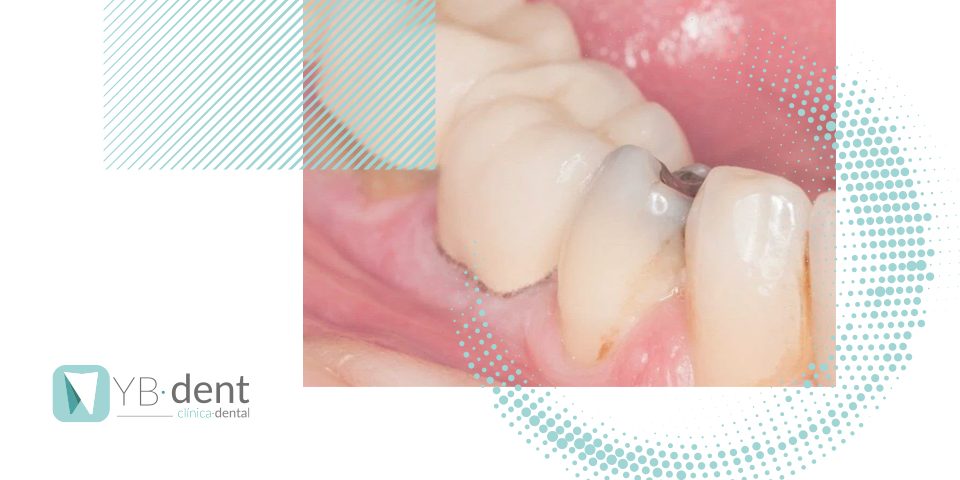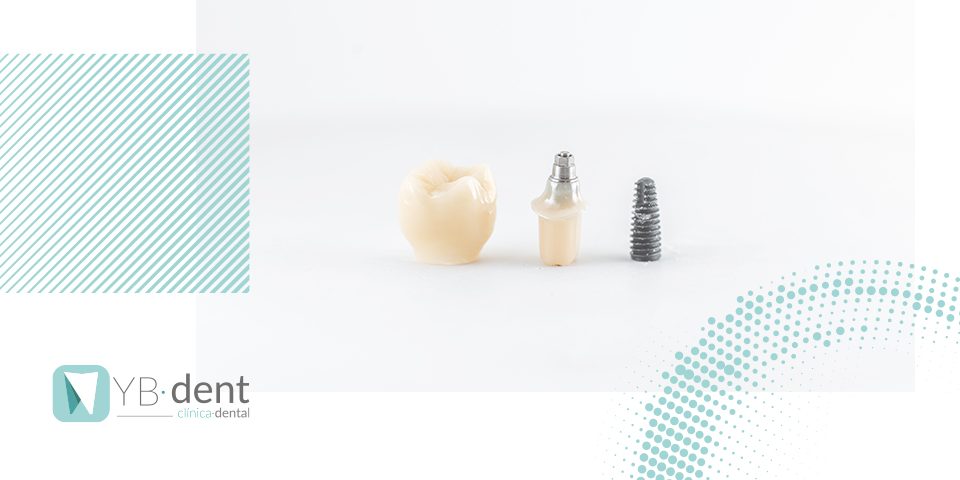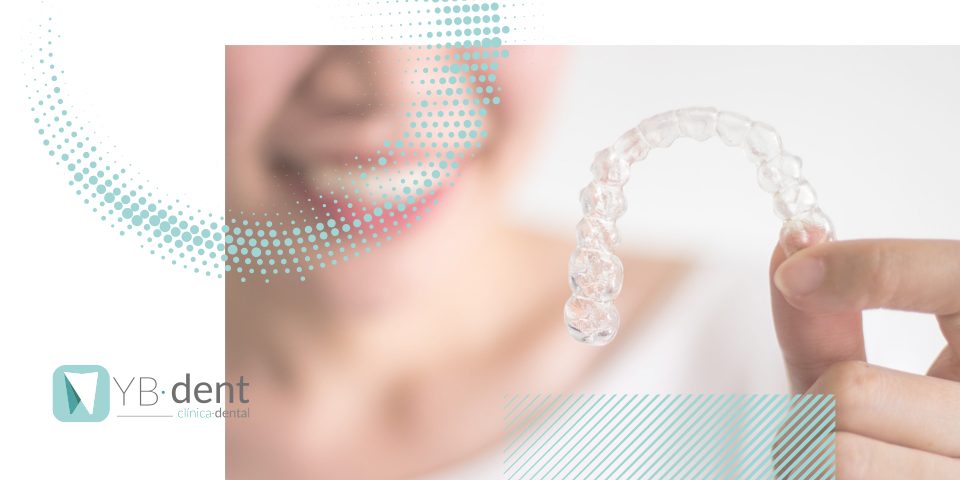Verdades y mitos sobre la salud bucal en mujeres embarazadas

Las mujeres embarazadas experimentan algunos cambios en las hormonas de su cuerpo lo cual, entre otras cosas, tiene un impacto en su salud bucodental. A grandes rasgos, estos cambios hormonales pueden facilitar la aparición de afecciones como gingivitis o caries dentales.
Por esta razón, conviene seguir unos correctos hábitos de salud bucodental para evitar que aparezcan, pero es posible que también hayáis leído algunos mitos sobre cómo cuidar la salud bucal de las mujeres embarazadas que, en muchos casos, son falsos. Desde Clínica Dental YB·dent os vamos a ayudar a identificarlos para que no os engañen.
Aumento de las caries y enfermedades periodontales que no se pueden tratar
Falso. Es cierto que el proceso de gestación facilita la aparición de caries y enfermedades periodontales si se descuida la higiene bucodental. Esto provoca que se acumule más placa bacteriana. Sin embargo, si se mantiene una higiene adecuada, se puede evitar perfectamente. Por otro lado, no existe ninguna contraindicación que diga que no se puedan llevar a cabo tratamientos dentales durante el embarazo o de usar anestesia local.
Las encías se inflaman y sangran
Verdad. Cuando se produce el cambio hormonal, se produce con todavía más intensidad una reacción inflamatoria ya existente con anterioridad. Esto aumenta el enrojecimiento y el sangrado.
Hay que informar al odontólogo de que se está embarazada cuando se sepa
Verdad. Aunque todavía no se esté 100% segura, hay que hacerlo saber al profesional, además de, si se sabe, decir de cuánto tiempo se está embarazada y si es un embarazo de riesgo. Por último, también decir si se está tomando alguna medicación o si se tiene alguna enfermedad.
Las mujeres embarazadas no puede colocarse ortodoncia
Falso. No existe ninguna contraindicación absoluta que indique que no se puede seguir un tratamiento de estas características, aunque sí que hay que tener en cuenta dos cosas: por un lado, antes del estudio de ortodoncia, hay que elaborar una ortopantomografía y una telerradiografía y, por otro lado, que la ortodoncia promueva el acúmulo de placa bacteriana.
No se pueden realizar radiografías dentales si se está embarazada
Falso. Aunque es recomendable evitar que a las mujeres embarazadas les dé mucha radiación solar, las radiografías poseen una radiación mínima. Por esta razón, solo se harán si son imprescindibles, evitando los controles rutinarios.
Algunos tratamientos dentales no pueden realizarse en mujeres embarazadas
Falso. No hay ninguna contraindicación para realizarse un tratamiento dental aunque sí es cierto que, en caso de necesitarse algún tratamiento, lo más aconsejable es que este se realice durante el segundo trimestre del embarazo, ya que los peligros se encuentran sobre todo durante las primeras ocho semanas del embarazo, es decir, el primer trimestre y al final del tercer trimestre, momento en el que puede producirse una inducción prematura del parto. Los tratamientos más especializados, como los quirúrgicos, sí que son recomendables posponerlos hasta después de dar a luz, siempre que sea posible.
La salud bucodental de las mujeres embarazadas puede repercutir en el feto
Verdad. De hecho, se ha demostrado que existe una relación entre los bebés que nacen de manera prematura, con bajo peso en el nacimiento y las enfermedades periodontales graves.
Por todo lo dicho, está claro que aunque conviene no fiarse de todo lo que oímos de fuentes que no provengas de profesionales, sí que es muy importante mantener una adecuada salud bucodental, así como acudir a revisiones periódicas con el odontólogo para solucionar lo más rápido posible los problemas que puedan aparecer.
En Clínica Dental YB·dent estamos a disposición de todas las mujeres embarazadas para poder realizar un diagnóstico correcto y seguir una planificación correcta según las características de cada mujer en particular. Si tienes alguna duda, no dudes en visitarnos en C/ Viver 25, 46020 Valencia. Además, nuestros teléfonos de contacto son los siguientes: 961 672 098 / 696 556 977.



